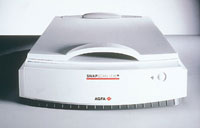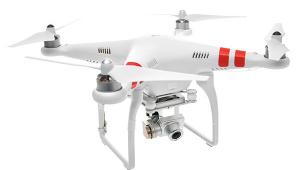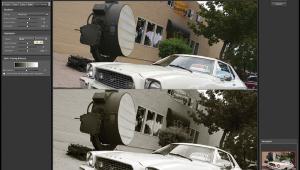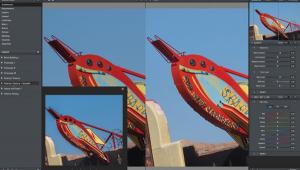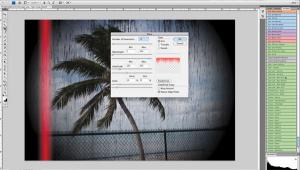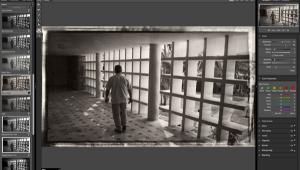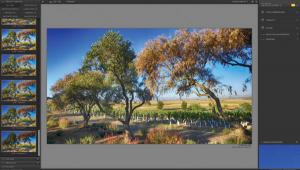Digital Innovations
It's A Brave New World
As digital imaging technology
matures, trends are beginning to emerge. For digital cameras these trends
are going in several different directions. Higher resolutions at lower
prices mean that the image quality gap between professional field cameras
is narrowing. Right now, the pennies per pixel ratio for the under $1000
digicam is the best it's ever been, and it's only going
to get better as competition between manufacturers intensifies. The
other trend for digital cameras is that they are finally starting to
look like cameras. After a rocky start with designs that resembled everything
from binoculars to ocarinas, digital cameras are starting to look like
film-based models. The Olympus C-2500L, for example, bears more than
a passing resemblance to the 35mm IS-3 Deluxe. That design influence
is being carried over to operational aspects as well. The C-2500L has
full manual control and this feature is popping up, in many forms, in
other cameras including the new Epson PhotoPC-850. Other "real"
camera features are also beginning to appear on digital cameras including
hot shoes and PC connections for electronic flash units. |
|||
Digital Cameras For
All Kinds Of Photographers. Indicative of the current crop of
digital cameras is this trio, that represented the state of the art as
we went to press. |
|||
Newest Member Of Agfa's
Scanner Family. Agfa recently introduced a new flat-bed scanner
called the SnapScan 1236u. The new model is a 36-bit, 1200x600, 1200dpi
color flat-bed scanner that connects through your computer's Universal
Serial Bus port. These specifications are identical to Agfa's SnapScan
1236S except for the interface. The "S" model uses the SCSI
(Small Computer System Interface) that's optional on many computers,
with the exception of workstations from companies like Intergraph. The
1236u's optical resolution can be interpolated up to 9600 but for
images of any size, my personal recommendation would be to limit interpolated
scans to twice the scanner's optical resolution. A 2400dpi scan
of a color image, with a little tweaking using Adobe Photoshop's
Unsharp Mask controls, should look pretty good. The scanner has a retail
price of $199. There is also an optional document feeder and transparency
module that are available for a suggested price of $249 and $220 respectively.
The SnapScan 1236u is available for Windows and Mac OS computers. For
more information about the scanner, check out Agfa's home page at:
www.agfahome.com. |
- Log in or register to post comments


